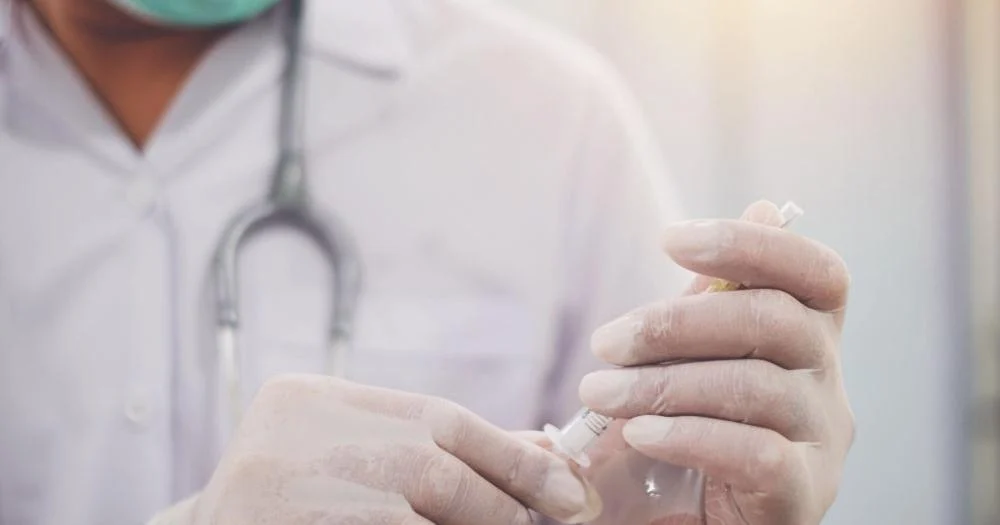Pilonidal Cyst Removal Surgery – Procedure, Risks, and More

Introduction
A pilonidal cyst is a painful condition that occurs near the tailbone, often containing hair, debris, and skin. When conservative treatments fail to provide relief, pilonidal cyst removal surgery becomes a viable option. This article will explore the procedure, risks, and important considerations associated with this surgical intervention.
Understanding Pilonidal Cysts
Before delving into the surgical aspect, it’s crucial to comprehend what a pilonidal cyst is. These cysts form in the cleft at the top of the buttocks, typically near the tailbone. The exact cause remains unclear, but factors such as hair penetration, friction, and poor hygiene are believed to contribute to their development.
When to Consider Surgery
Pilonidal cysts can be managed with conservative approaches such as warm compresses, antibiotics, and drainage. However, if the cyst becomes recurrent, infected, or causes chronic pain, surgery may be recommended. Pilonidal cyst removal surgery aims to excise the cyst and prevent future occurrences.
The Surgical Procedure
Preoperative Preparation
Before the surgery, patients will undergo a thorough examination, and the surgeon will explain the procedure, potential risks, and expected outcomes. Preoperative instructions may include fasting and the discontinuation of certain medications.
Anesthesia
Pilonidal cyst removal surgery is typically performed under local or general anesthesia, depending on the extent of the cyst and the surgeon’s preference. Local anesthesia numbs the area, allowing the patient to remain awake, while general anesthesia induces sleep throughout the procedure.
Incision and Excision
The surgeon makes an incision to access the cyst, removing the hair, debris, and infected tissue. In some cases, a primary closure is performed, stitching the wound edges together. In others, an open wound is left to heal gradually. The choice depends on the size and severity of the cyst.
Drainage Placement
If there is a significant amount of fluid or infection, the surgeon may place a drainage tube to prevent the accumulation of fluid in the wound, promoting faster healing.

Closure and Dressing
After the cyst and surrounding tissue are excised, the wound is closed with stitches or left open for healing. A sterile dressing is applied to protect the incision site.
Postoperative Care
Following surgery, patients will receive detailed postoperative care instructions. This may include information on wound care, pain management, and activity restrictions. It is crucial to follow these instructions to ensure proper healing and reduce the risk of complications.
Risks and Complications
While pilonidal cyst removal surgery is generally safe, like any surgical procedure, it carries some risks. Possible complications include infection, bleeding, delayed wound healing, and recurrence of the cyst. Patients should promptly report any signs of infection, increased pain, or other concerning symptoms to their healthcare provider.
Conclusion
Pilonidal cyst removal surgery can provide relief for individuals suffering from recurrent or infected cysts. Understanding the procedure, risks, and postoperative care is essential for informed decision-making. If you are experiencing symptoms of a pilonidal cyst, consult with a healthcare professional to determine the most appropriate course of action for your specific case.




